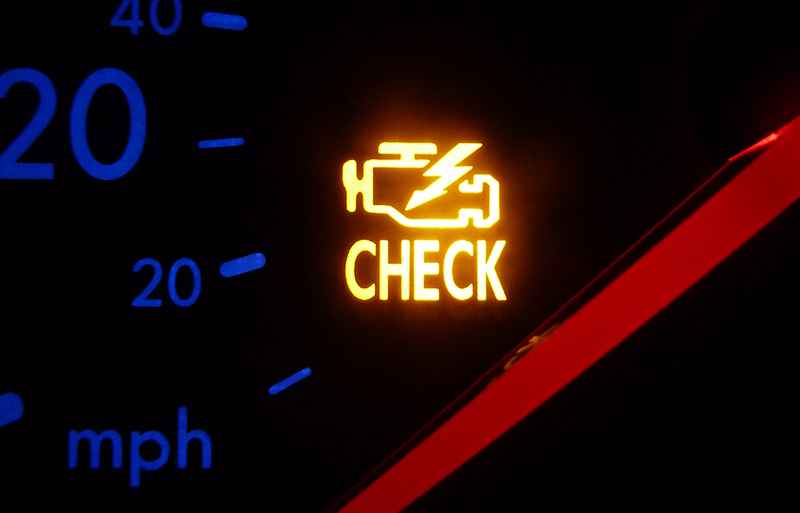“It’s not the load that breaks you, it’s the way you carry it.” – Lou Holtz
Much like a vehicle’s engine working at high RPMs for extended distances, we, too, risk burnout when constantly operating at peak performance. Unlike a car that has a clear “Check Engine Light,” our own warning system can be less obvious. Recognizing our own signs is a sophisticated art. So, let’s deepen our understanding of these symptoms and explore the nuanced strategies that can help us navigate away from the brink of exhaustion.
The Symptoms of Approaching Burnout:
- Chronic Fatigue: More than just tiredness, this is an enduring sense of physical, emotional, and mental exhaustion.
- Declining Productivity: Stalled or diminishing output isn’t merely about workload but often reflects rising disengagement.
- Emotional Volatility: Unexplained irritability and heightened conflict can indicate our emotional reserves are running low.
- Increasing Disengagement: A lack of interest or passion for work usually indicates that the spark that fuels your drive is flickering.
Now, let’s transform these warning signs into catalysts for action.
Strategies for Dealing With Burnout:
Scheduled Self-Audits: Treat yourself as you would an intricate project. Set aside a ‘maintenance window’ each week to evaluate your mental, physical, and emotional health. Detect anomalies before they become crises.
Empower Through Delegation: Take the case of a CTO I coached who was on the brink of burnout from hoarding responsibilities. After prioritizing delegation, she refocused on her zone of genius, innovation and leadership and empowered her team in the process.
Self-Care as a Priority: I worked with a tech entrepreneur who rejuvenated his approach to work by making self-care non-negotiable – integrating exercise, nutrition, and mindfulness. He reignited his passion and diminished his burnout.
Nurture a Support Ecosystem: We often underestimate the power of a robust support network. My go-to strategy includes leaning into my network when I am feeling off-kilter. A mentor or even a friend can provide fresh perspectives or emotional sustenance when we need to be seen or heard.
Enforce Boundaries: A marketing executive I worked with learned to designate ‘off-hours,’ creating physical and mental spaces that are work-free zones. This simple change revolutionized her work-life equilibrium.
By more intentionally interpreting our “internal check engine light,” we are better equipped to enact meaningful changes. It isn’t just about avoiding fatigue; it’s about creating a holistic, sustained level of high performance that incorporates well-being as a core metric. This is how we transcend the race against burnout and evolve into leaders who are not only efficient but also resilient and fulfilled.



